A joint venture between Ferrovial Agroman UK and Laing O’Rourke will deliver the drive, which is the longest of three on the 25km Thames Tideway project.
The two TBMs, Millicent and Ursula, are named after pioneering women who lived and worked in London close to Tideway’s sites.
Millicent, named after Dame Millicent Fawcett, an English suffragist, will tunnel 5km from Kirtling Street to Carnwath Road in Fulham.
While Ursula, named after Audrey ‘Ursula’ Smith, a British cryobiologist at King’s College Hospital, will tunnel 7km from Kirtling Street to Chambers Wharf in Bermondsey.
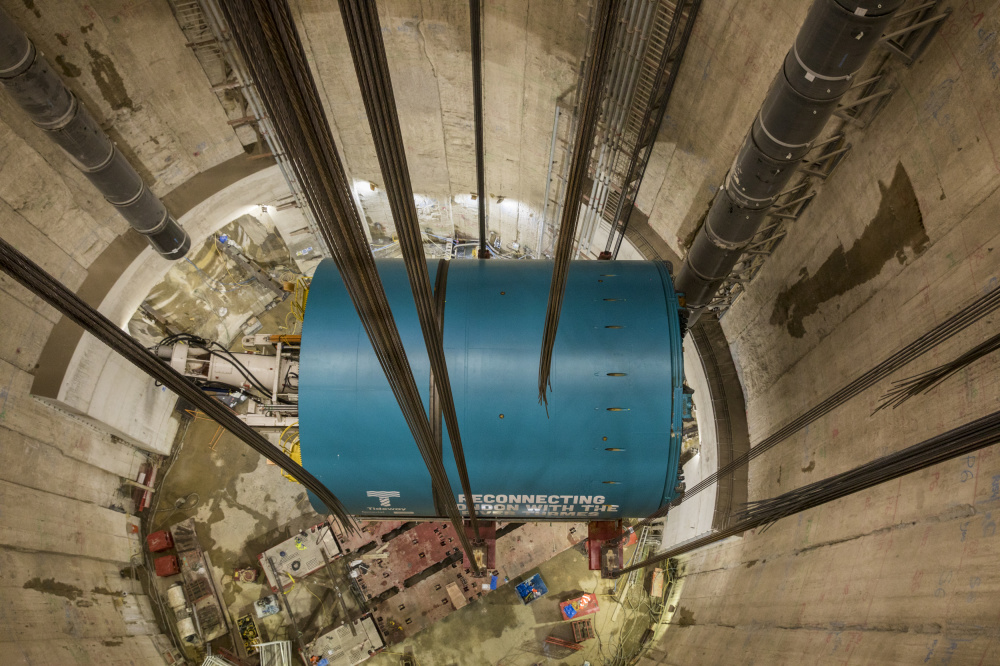
Lowering of the two TBM cutterheads – each weighing in at over 850 tonnes each- was a lengthy and complex process taking eight hours
Mark Sneesby, Tideway’s chief operating officer, said: “The lowering of our first two tunnel boring machines marks a significant milestone for the project before tunnelling gets underway later this year.
“London’s new super sewer will prevent tens of millions of tonnes of sewage from entering London’s iconic River Thames, the vein that runs through London, and will protect it for the next hundred years and future generations to come.”
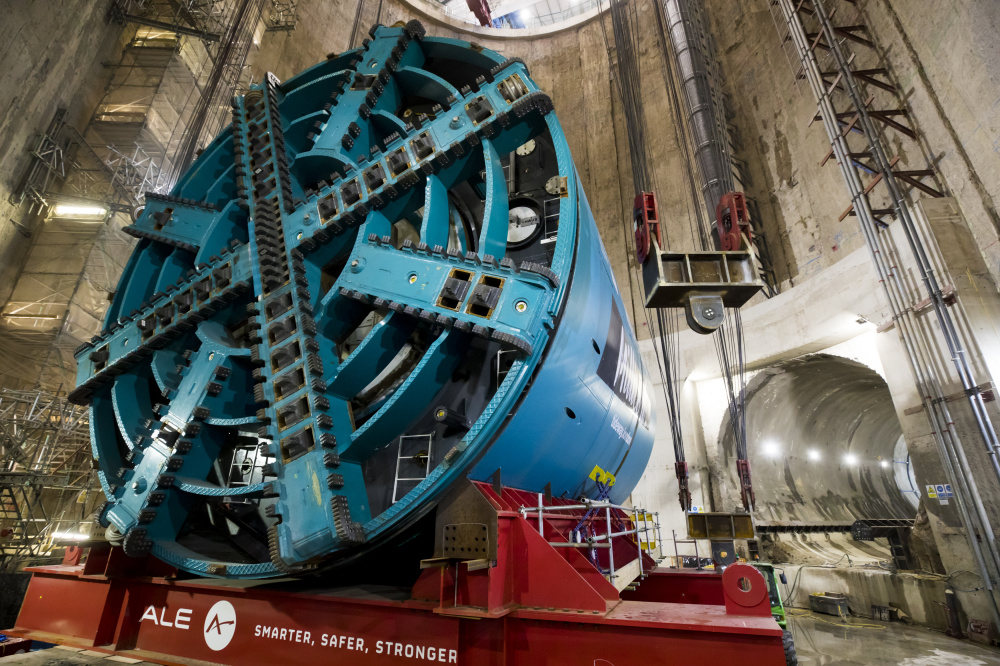
The TBM shaft is 53m deep and measures in at a diameter of 31m, equivalent to the dome of St Paul’s Cathedral
Once lowered the machines were placed into launch adits, otherwise known as starter tunnels, before work to complete the build of the TBMs, which will be over 100m long when fully built, begins in earnest.
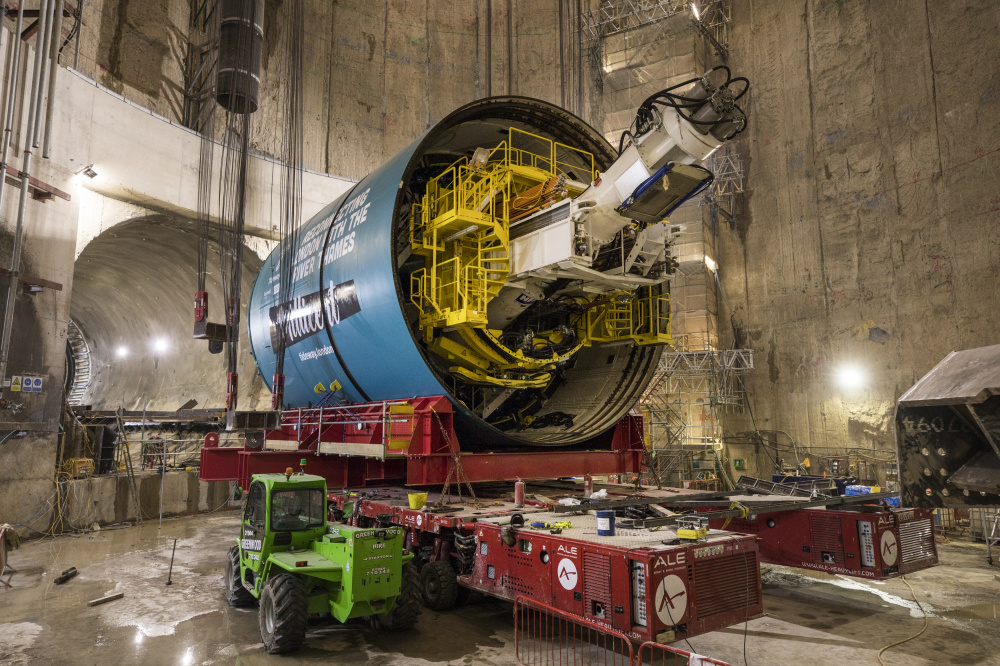
When fully assembled, each TBM will weigh in at 1,300 tonnes, and will be the project’s largest, of six, tunnelling machines
The TBMs will remain underground for almost two years.
The tunnels will be dug with a gently sloping gradient, falling 1m for every 790m it travels at a depth up to 60m below the surface.
At the peak of construction Thames Tideway will create more than 9,000 direct and indirect jobs around 24 sites in the capital.





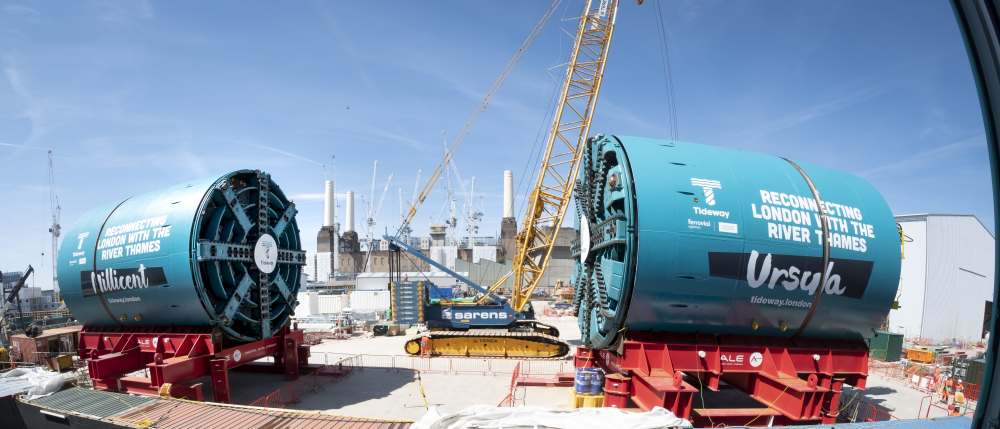

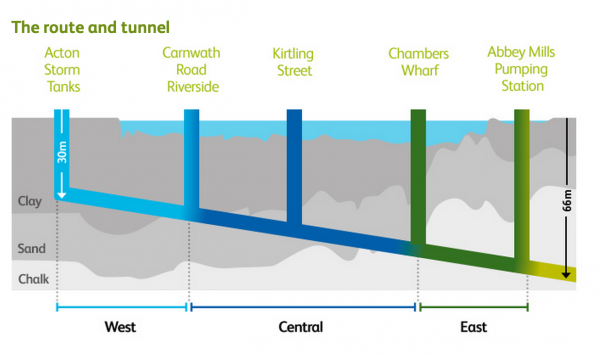
















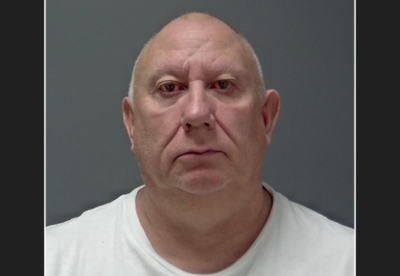

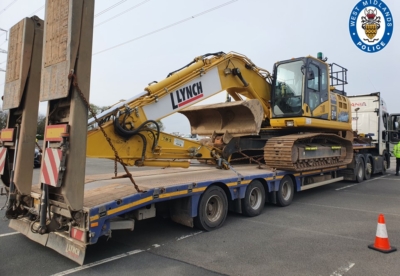














 (300 x 250 px).jpg)








.gif)




